#25 - Notes on Science Fairs, Media Literacy and Projects
Education Coffee is a 2xweekly newsletter on people, ideas and culture.
Hello World,
In each edition of this newsletter, I will share five inspiring web resources that I have curated after hours of research to ensure that you have the best education coffee in your inbox. I also hope to share some lessons from the classroom in these upcoming editions of the newsletter. You can also review the archive (24 newsletters) and future posts by subscribing to this newsletter by clicking the button below.
1) Learning through Projects at High Tech High
In this video from the World Innovation Summit for Education, we learn about the story of Larry Rosenstock, High Tech High and learning through projects.
Larry was given the 2019 WISE Prize for his. work on education and this is how the website describes his work
Mr. Rosenstock is recognized for his lifelong dedication to rethinking K-12 learning and tackling inequality through education. He has pioneered the concept of project-based education – the idea that students can and must learn crucial academic skills through hands-on projects that integrate multiple disciplines, engage their interest, and have an authentic purpose. His model also reimagines the role of teachers as “designers” who adapt their curricula and blend a variety of subjects based on the specific needs of each student.
My favourite part of this video was his note about the population demographics of his institution which included people of color at 72% , people with special needs at 13% and people that go to college at 97%. The school has a focus on rich academic learning supported by sophisticated technical training. The kids work on their core interests, build things and share their work regularly with an audience. Most importantly they have their own graduate teacher training school to train teachers through the project based learning approach.
2) Teaching Media Literacy in the Classroom
In Canada, all students are expected to learn Media Literacy as a strand from Grade 1 to Grade 12. In this post I will investigate the importance of this strand and my approach to teaching students these skills in the classroom.
Here is a glimpse of the learning expectations for media literacy content from page 13 of the Grade 1 to 8 Language Arts Curriculum Document in Ontario
“Media literacy” is the result of study of the art and messaging of various forms of media texts. Media texts can be understood to include any work, object, or event that communicates meaning to an audience. Most media texts use words, graphics, sounds, and/or images, in print, oral, visual, or electronic form, to communicate information and ideas to their audience. Whereas traditional literacy may be seen to focus primarily on the understanding of the word, media literacy focuses on the construction of meaning through the combination of several media “languages” – images, sounds, graphics, and words. Media literacy explores the impact and influence of mass media and popular culture by examining texts such as films, songs, video games, action figures, advertisements, CD covers, clothing, billboards, television shows, magazines, newspapers, photographs, and websites. These texts abound in our electronic information age, and the messages they convey, both overt and implied, can have a significant influence on students’ lives. For this reason, critical thinking as it applies to media products and messages assumes a special significance. Understanding how media texts are constructed and why they are produced enables students to respond to them intelligently and responsibly. Students must be able to differentiate between fact and opinion; evaluate the credibility of sources; recognize bias; be attuned to discriminatory portrayals of individuals and groups, including women and minorities; and question depictions of violence and crime.
I love teaching Media Literacy. The paragraph demonstrates the importance of learning media literacy skills for students growing up in the digital age. Some examples of media literacy projects in my class include: creating sketch notes, creating book covers, listening to an audio podcast, analyzing song lyrics, understanding color symbolism, creating logos, recreating ads, and observing video advertisements. My eyes light up. every time I have to plan something related to Media Literacy for my students. As a Language educator, it is one topic in the curriculum that excites me like no other. I hope to create more media literacy resources for educators around Ontario on my Teacher Pay Teachers store in the near future. Here is an image of the overall expectations from page 117 of the curriculum document linked above
3) Learning through Science Fairs and the Scientific Method
My students recently completed a 2 month long science fair project. They used the scientific method to investigate topics they were curious about. They presented their research to parents and the extended school community at the end of this period. I loved the creativity on display and was amazed by how meticulous and thorough their research and reporting was at the final event. This image from Whatis.com does a good job explaining the steps of the scientific method.
The focus of the method is to create a testable hypothesis. Students are encouraged to be open to feedback. They conduct experiments to test their hypothesis but also build empathy for the variables they cannot control in their experiment. They realise that most important scientific achievements come on the back of previous discoveries and research studies. Science is truly a team effort and I believe conducting science experiments are a great way for students to build an interest in the STEM disciplines from an early age. Here are some more pictures of student projects and presentations from the final event.
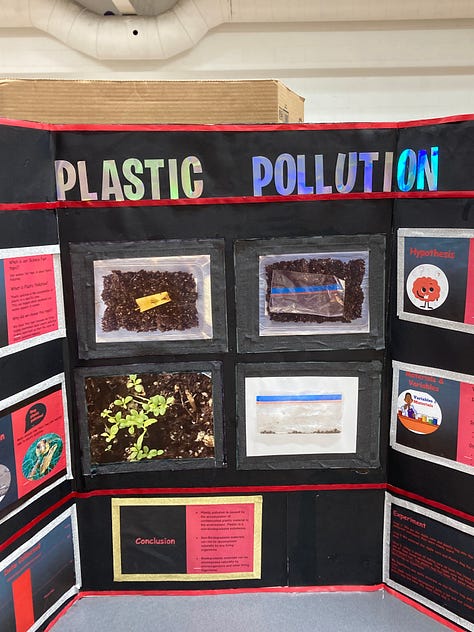
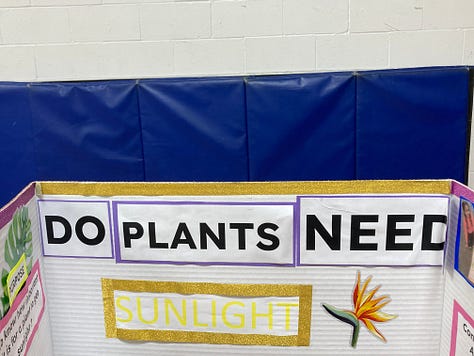
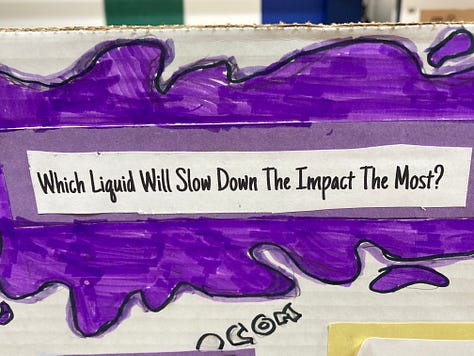
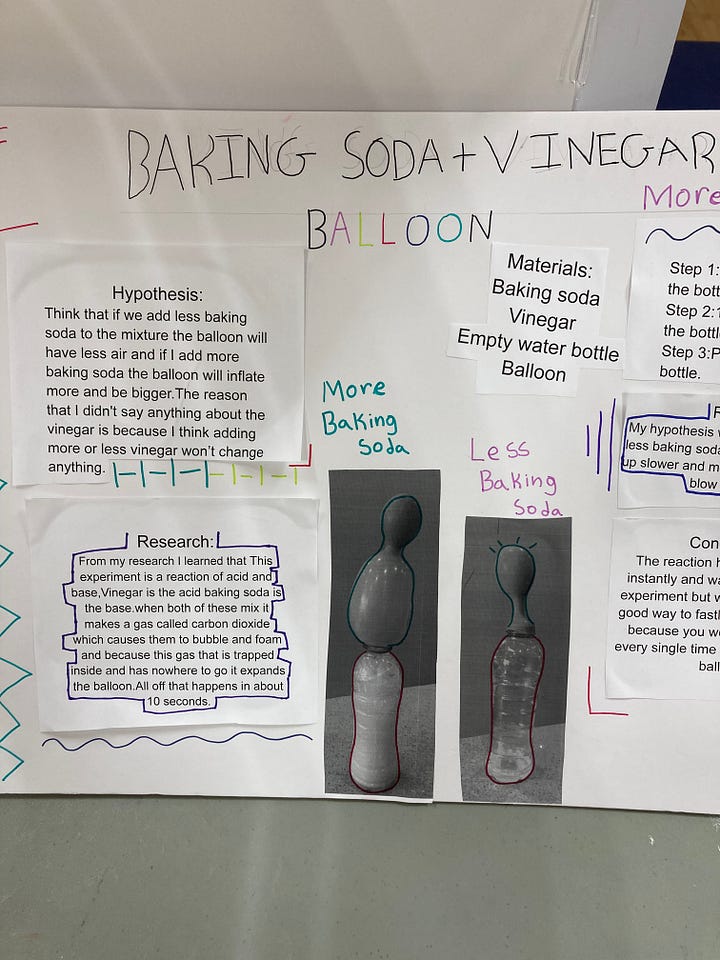
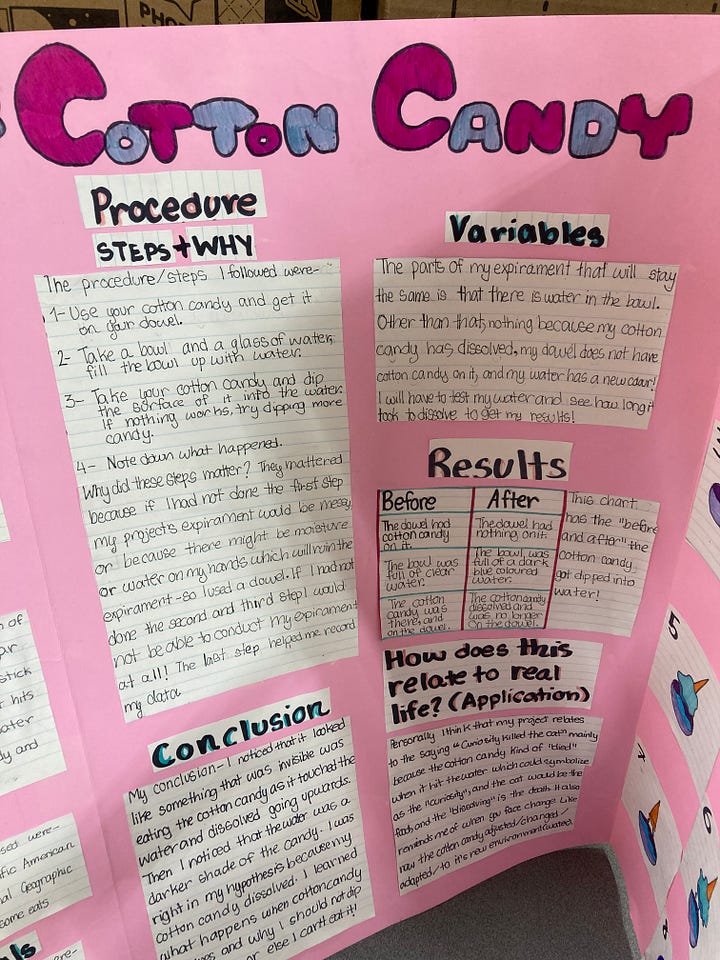

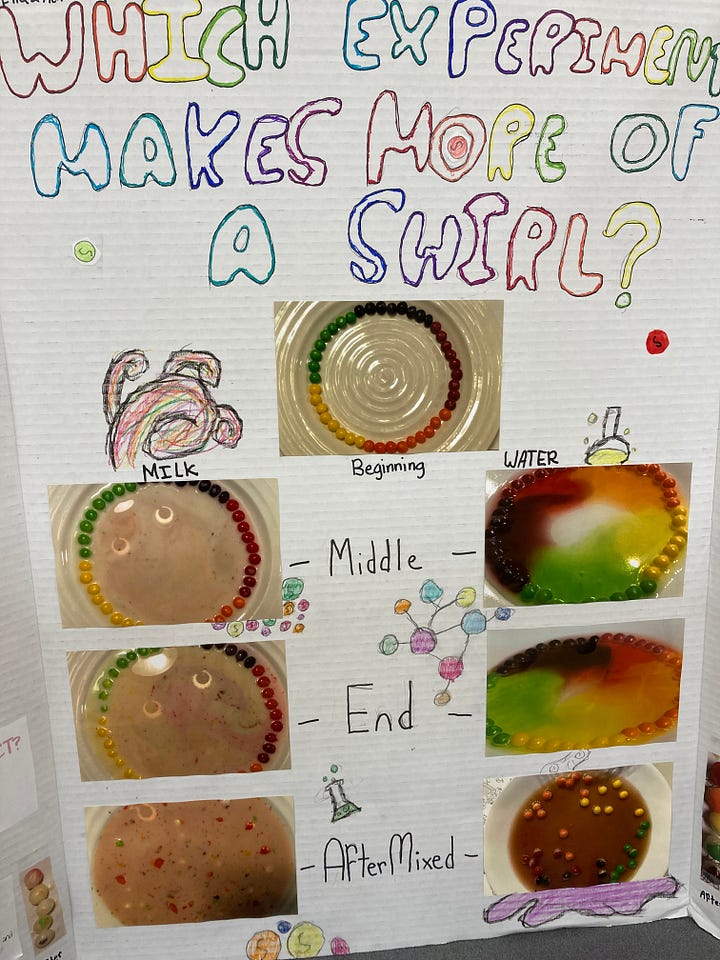
4) Science is for everyone, kids included
This TED talk by Beau Lotto and Amy O’Toole shows us how students can be scientists and published researchers at school. It is not limited to academics in large institutions. Science is a way to think about the world we live in and investigate it further. Chemistry is the scientific study of the properties and behavior of matter. Physics is the natural science of matter, involving the study of matter, its fundamental constituents, its motion and behavior through space and time, and the related entities of energy and force. Biology is a natural science discipline that studies living things. You do not need an advanced degree to understand how Science has transformed human life. As a student at school, I always taught you only studied Science if you wanted to become an engineer or doctor. As a teacher at school, I now know that Science is for everyone (kids included). I strongly believe that no one can stop you from exploring all the many wonders of Science. Watching this video is a good start to open up your eyes to this magical world. Thank you for doing what you do Beau Lotto.
5) Learning Stories Episode 19 - Shreya Vajpei
I started a YouTube Channel called ‘Learning Stories’. This is a show where we interview a diverse set of learners from the 21st century. Each guest profiled here has a unique story to share about how they acquired a set of valuable skills and knowledge in a creative and innovative manner. In the process, we hope to uncover a new understanding of learning as conceptualized, imagined, and narrated in these learning stories. These conversations have given me so many insights on the learning process within and beyond the classroom.
On Episode 19 of #LearningStories we chat with Shreya is a lawyer by training and education. She currently works with the Innovation team at one of India's biggest law firms. She completed a Bachelor of Laws Degree from the Army Institute of Law in Mohali. In addition to working at some of India’s top law firms, she also closely tracks the evolution of the legal profession and is the Prime Mover at Prolawgue.com. Prolawgue is attempting to democratize the information around the new-age careers and skills for the lawyers in APAC region. She works at the intersection of law and everything else and focuses on identifying, building, and promoting better technology and process solutions with the aim of improving the practice of law. You can reach out to Shreya on LinkedIn at https://www.linkedin.com/in/shreyavajpei/ . You can find chapters of this episode linked below.
Episode Chapters
0:00 - Warm-Up/Introduction
1:40 - Army Background, School Experience and Parent Influence
9:20 - What led to my decision to study Law?
14:45 - What do you study in five years at law school? How is it structured in India?
19:15 - Permutations and Combinations for Coursework at Law School
21:45 - Why study Law today?
26:34 - What happens after Law School?
30:12 - What skills will you acquire at law school?
33:55 - How law has evolved and changed in India?
40:05 - Using technology to transform legal practices
42:05 - How Prolawgue started?
45:19 - Lifelong Learning as a Legal Professional
49:10 - Book and Website Recommendations
Please do send me your thoughts and resources on any edition of this newsletter through email at abhishekashokshetty@gmail.com or on twitter @AbhishekShetty_. I love taking these discussions forward on those platforms.
Abhishek
18/05/2023






